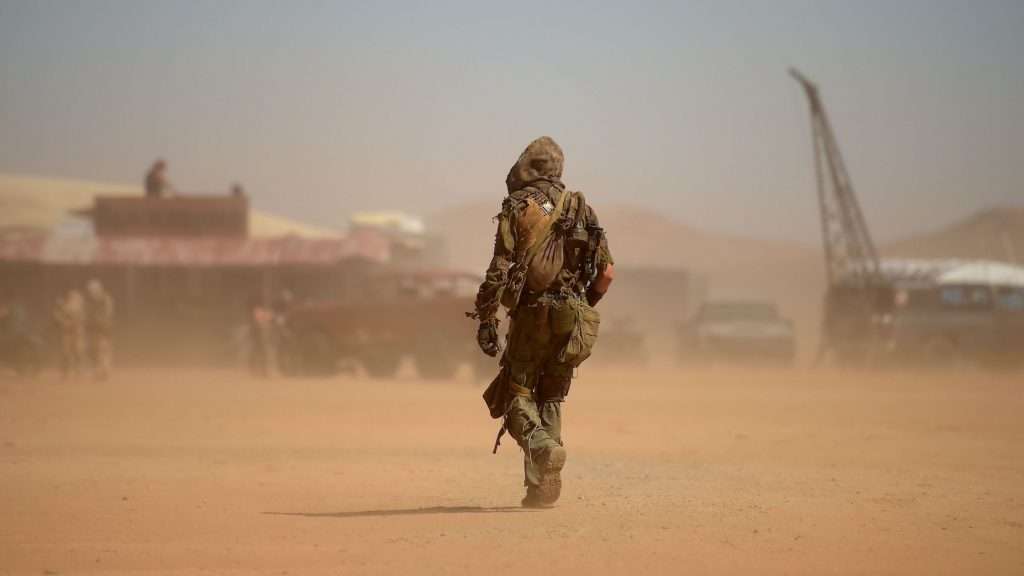
In an uncertain world, being prepared for emergencies and disasters is no longer an option but a necessity. Prepping, short for preparedness, involves equipping yourself with the knowledge, skills, and resources needed to survive and thrive during challenging times. In this article, we will explore why prepping basics are essential for survival and provide you with seven essential tips to master those basics. By following these steps, you can ensure the safety and well-being of yourself and your loved ones when disaster strikes.
What is Prepping?
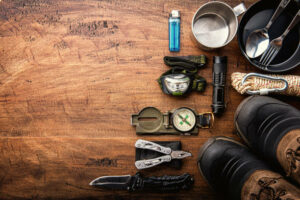
Prepping is the proactive approach of preparing for potential emergencies or disasters. It involves anticipating and mitigating risks by acquiring the necessary supplies, skills, and knowledge to sustain yourself during a crisis. Prepping is not about fear or paranoia; rather, it’s a responsible way to safeguard against unforeseen circumstances.
Why Prepping Basics are Essential for Survival
Prepping basics are the foundation upon which your preparedness strategy is built. They provide you with the essential tools and resources to navigate through difficult times and increase your chances of survival. By mastering these basics, you become more self-reliant, adaptable, and capable of facing various challenges head-on.
Prepping Basics: Essential Tips for Survival
Step 1: Create a Comprehensive Emergency Plan
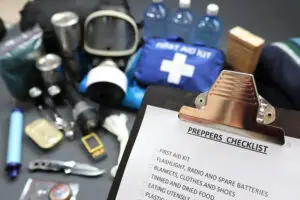
To begin your prepping journey, it’s crucial to create a comprehensive emergency plan. Evaluate your personal needs, identify potential risks, and set priorities. Establish effective communication channels with your family and friends to ensure everyone stays informed and connected during emergencies. Develop evacuation and sheltering strategies tailored to your circumstances.
Step 2: Stockpiling
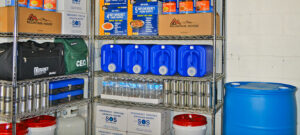
Stockpiling essential survival items is a vital aspect of prepping. Focus on non-perishable food items that have a long shelf life and provide sufficient nutrition. Ensure you have an adequate supply of clean drinking water stored. Additionally, gather non-food items like hygiene products, medications, tools, and protective gear to meet various needs during a crisis.
Step 3: First Aid
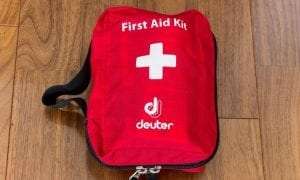
Having basic first aid skills can be a lifesaver in emergency situations. Learn CPR and basic first aid techniques to provide immediate care to injured individuals. Understand common medical emergencies and treatments to address health issues effectively. Build a basic medical kit with essential supplies like bandages, antiseptics, and medications.
Step 4: Self-Defense and Security Measures

In times of crisis, personal safety and security become paramount. Learn basic self-defense techniques to protect yourself and your loved ones. Familiarize yourself with legal self-defense weapons and consider acquiring them for added protection. Additionally, take measures to secure your home and property, such as reinforcing doors and windows and implementing security systems.
Step 5: Survival Skills and Knowledge
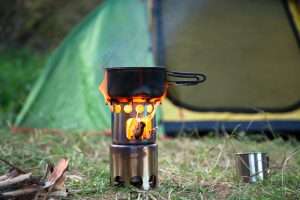
Mastering essential survival skills is crucial for self-sufficiency during emergencies. Learn how to build a fire, navigate using a compass, and procure food and water in the wilderness. Acquire basic outdoor skills that enable you to thrive in different environments. Educate yourself on local plants, wildlife, and natural resources that can be utilized for sustenance.
Step 6: Mental and Emotional Resilience

Surviving a crisis extends beyond physical preparedness. Develop strategies for coping with stress, anxiety, and fear during emergencies. Build mental and emotional resilience through training, practice, and positive coping mechanisms. Seek support from your family, friends, and community resources to maintain a strong support system.
Step 7: Practice, practice, practice!
No amount of preparation is effective without regular practice. Conduct drills and practice sessions to test your preparedness. Simulate emergency scenarios to evaluate your response and identify areas for improvement. Update your emergency plans and supplies when necessary to adapt to changing circumstances. Make sure to include your loved ones during drills so they know what to do and where to go when SHTF.
Conclusion
Mastering prepping basics is the key to being prepared for any emergency or disaster. By creating a comprehensive emergency plan, stockpiling essential supplies, acquiring first aid skills, ensuring personal security, developing survival skills, and building mental resilience, you empower yourself (and your loved ones) to face challenges head-on. Remember, practice makes perfect, so incorporate regular drills into your preparedness routine. Start your prepping journey today and embrace a more resilient and self-reliant future.
